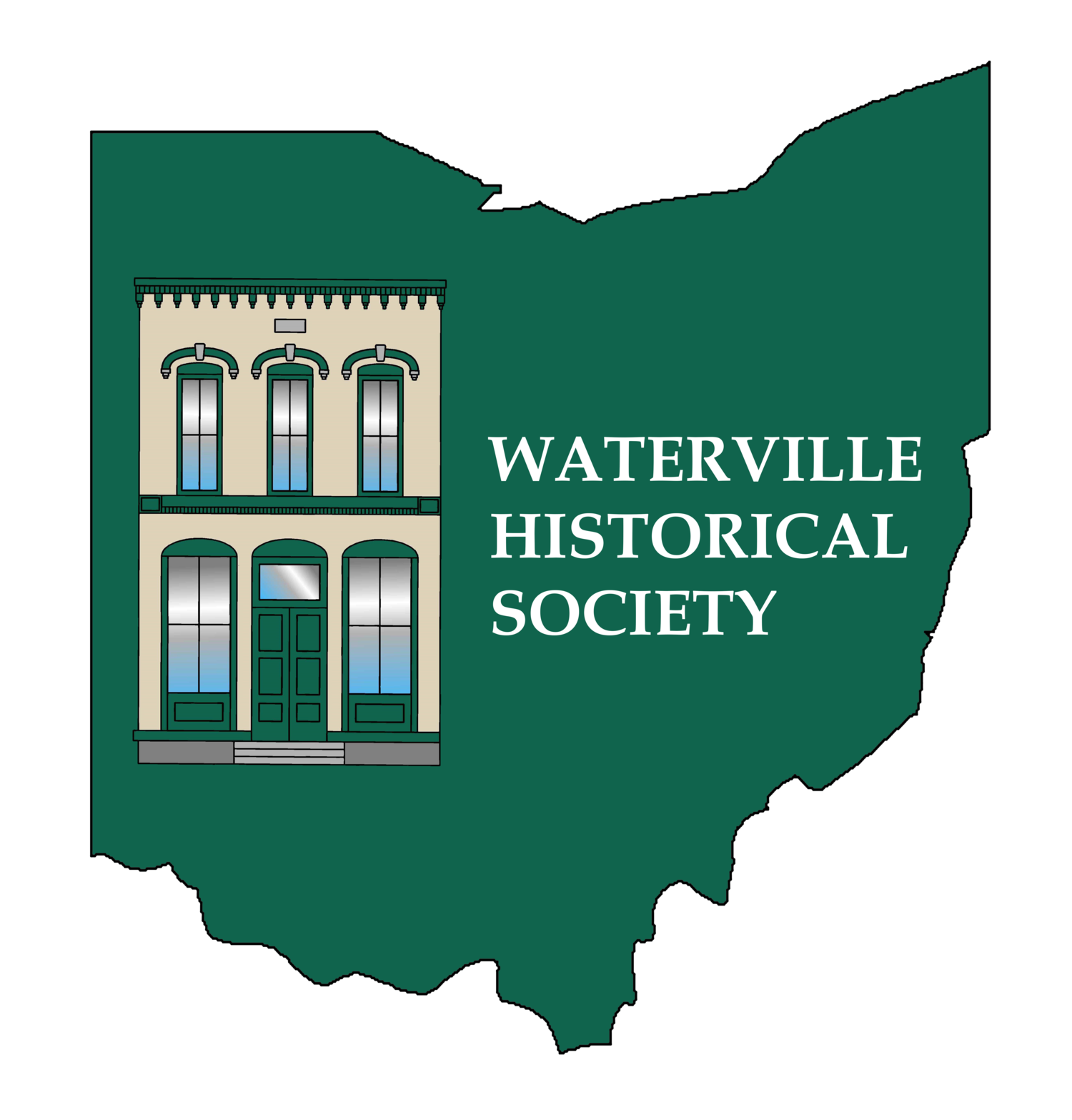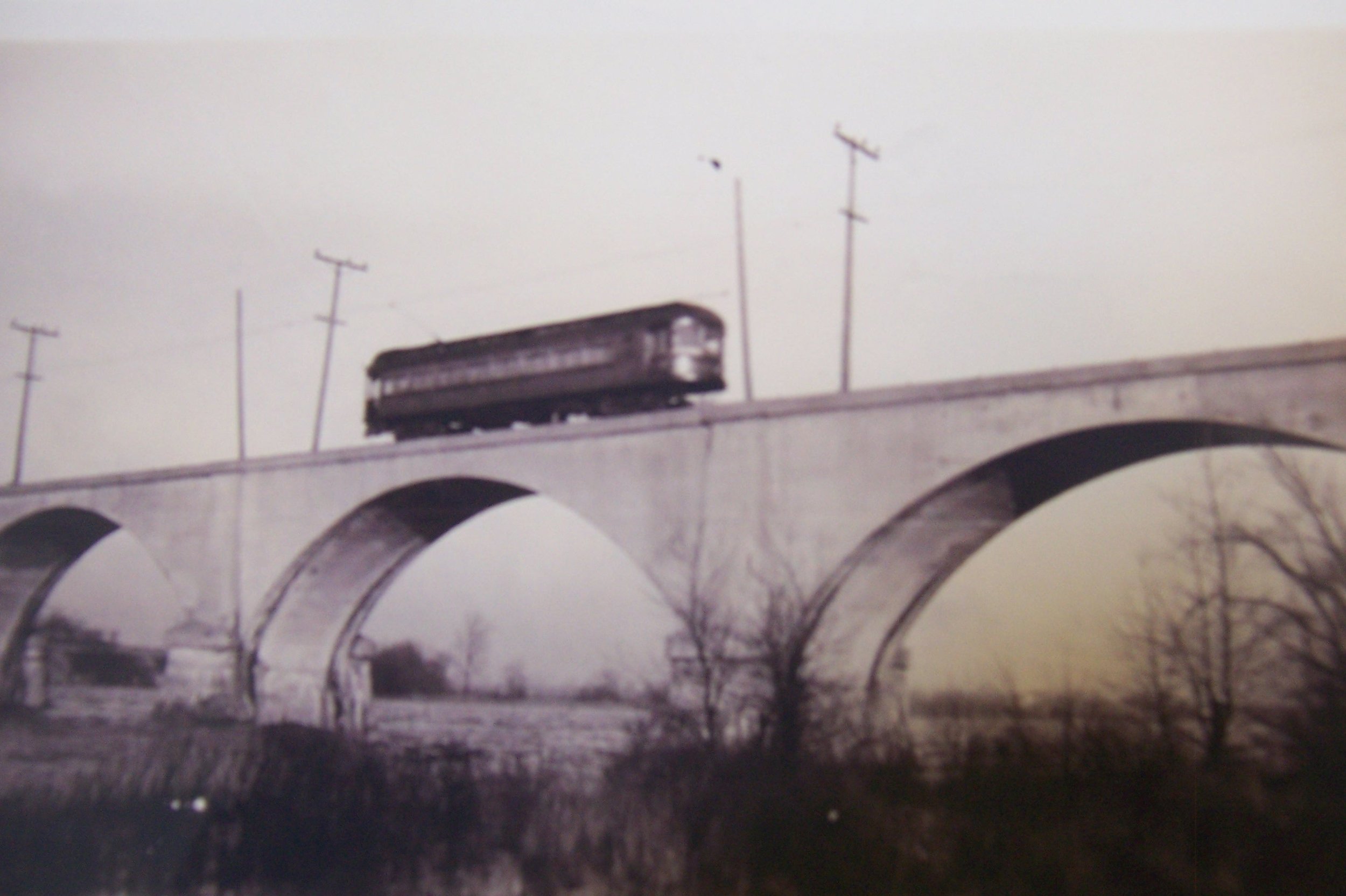HIGH SPEED RAIL --100 YEARS AGO
It was in the late 1800s that our technological age began. The age of steam began to yield to other sources of power. We learned how to generate and harness electricity as one of these. Powerful electric motors were invented and quickly put to use for locomotion. Electric streetcars and railroads began to appear on the landscape in the 1890s. The first decade of the new century saw investors and entrepreneurs crating new electric railroads at a feverish rate and the interurban rail lines were built. For the first time in history the rural folks in the countryside and the people in cities and major towns were generally less than an hours comfortable ride apart. Farmers could go shop in the city and be back home on the same day. The farm produce and perishables could reach the city market in hours. These speedy little rail cars were built as luxurious passenger carriers or to handle freight. Some did both. Some had top speed near 100 mph – on a straight run of course.
Our experience in Waterville with electric rail came early on. In 1901 an interurban line was built between Waterville and Maumee, with the intention of extending to Napoleon. This extension was never built and the line ended abruptly at River Road and Mechanic Street. This ill-fated line was built extensively in the flood plain and close to the river, so experienced frequent wash-outs and occasionally the trolly was trapped in ice during spring breakups. Nicknamed the Pumpkin Vine due to frequent twists and turns the line was finally abandoned by 1913. Still the ride to Maumee with connections from there to Toledo or other places was appreciated by Watervillans. Our greatest claim to interurban fame came in 1907-1908 when the Toledo-Lima Electric Railroad built the famous Roman arch bridge across the Maumee River at Roche de Boeuf. This bridge, the subject of so much recent controversy and now scheduled by O.D.O.T. for demolition, carried the interurban cars over the river, through Waterville and on to Toledo. This line was soon taken over by Ohio Electric Co. and service extended all the way to Cincinnati and the Cincinnati and Lake Erie (C & L.E.) Line was born. This was the longest service route in Ohio and perhaps the longest lasting, finally out of business in the 1939.
Most electric railway lines had a very short existence and very few made a profit for their investors. So why did this wonderful invention go bust? Blame that on the other great technology that grew up at the same time. That would be the internal combustion engine and the rise of the automobile in the 1910-1920 decade. The motorcar was not tethered to a wire and track and the owners could make their own schedule. They were not as fast as the interurban car but didn’t need to make frequent stops and went directly to the driver’s destination. Public demand for better roads made motor travel easier and motor trucks took on the freight. So that is where we are today. Crowded highways clogged with trucks and traffic jams, but we are married to our automobiles. Perhaps sometimes we survey our situation and wish we had that speedy luxurious little interurban car to whisk us to Lima, Columbus or Cincinnati around all that traffic.
Authors Note: To help preserve the many interurban bridge pictures that the Wakeman Archives has in their collections, we have received a grant from the Ohio Historical Records Advisory Board to buy a new computer, scanner and update our PastPerfectOnline to be able to put our pictures on the internet. Look for them in the coming year as we update our files. We thank them for our grant and are looking forward of putting even more of our collection online.

